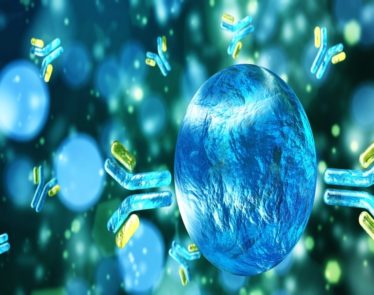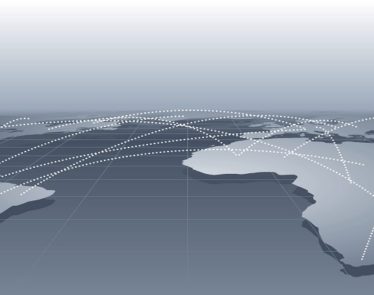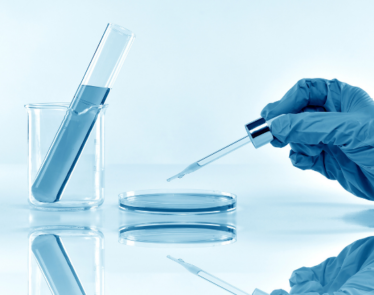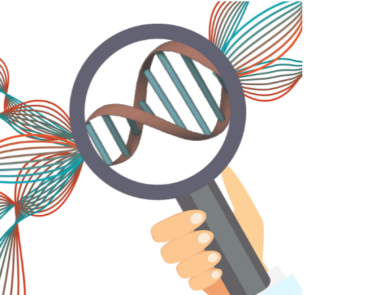
Amryt (Nasdaq: AMYT), a multinational, commercial-stage biopharmaceutical company with a focus on acquiring, developing, and commercializing novel treatments for rare diseases, today announced its intention to submit a Formal Dispute Resolution Request (FDRR) for its New Drug Application (NDA) for Oleogel-S10 (Filsuvez®), for the treatment of the cutaneous manifestations of Dystrophic and Junctional Epidermolysis Bullosa (EB), a rare, genetic skin disease characterized by extremely fragile skin that blisters and tears from minor friction or trauma and for which there are no approved treatment options in the US.
Amryt and the US Food and Drug Administration (FDA) recently met in Type A format to discuss the concerns mentioned in the Complete Response Letter (CRL) pertaining to Amryt’s NDA for Oleogel-S10 that was received in February 2022. Following this meeting, Amryt intends to move on to the FDA’s Center for Drug Evaluation and Research (CDER) Formal Dispute Resolution pathway, where NDA applicants can attempt to settle scientific and/or medical disagreements that cannot be settled at the division level.
Dr Joe Wiley, CEO of Amryt Pharma, commented: “The Formal Dispute Resolution process provides an opportunity to raise our scientific disagreement within CDER. We believe this represents the right approach toward approval in the US for Oleogel-S10, as we work toward bringing this therapy to EB sufferers in desperate need. Filsuvez® was, this week, approved in Europe by the European Commission, and we continue to believe that the strong body of data from the EASE trial, which was the largest ever Phase 3 trial conducted in EB, supports FDA approval of this vital therapy for EB patients with a high unmet medical need.”
About Epidermolysis Bullosa
EB, also known as epidermolysis bullosa, is a rare and severe group of genetic conditions affecting the skin, mucous membranes, and internal epithelial linings that are characterized by blister formation and extremely fragile skin. Patients with severe forms of EB experience severe, chronic blistering, ulceration, and scarring of the skin, mutilating scarring on the hands and feet, joint contractures, strictures of the esophagus, and mucous membranes. Additionally, these patients have a high risk of infection, aggressive squamous cell carcinomas, and early mortality. According to the company, there is a more than $1.0 billion possibility for EB on the global market.
About EASE
The EASE experiment (NCT03068780), carried out across 58 locations in 28 countries, is the largest ever worldwide Phase 3 trial carried out in patients with EB. A 24-month open-label, single-arm phase is followed by a 3-month double-blind randomised controlled phase. In the double-blind phase, patients with dystrophic and junctional EB target wounds between 10 and 50cm2 in size that had been there for more than 21 days but less than nine months, were randomly assigned to receive treatment in a 1:1 ratio and wound dressings applied in accordance with standard care. 156 paediatric patients made up the trial’s total enrollment of 223, which included them. All participants who finished the double-blind stage entered the open-label follow-up stage.
Featured Image: DepositPhotos © Alex011973












